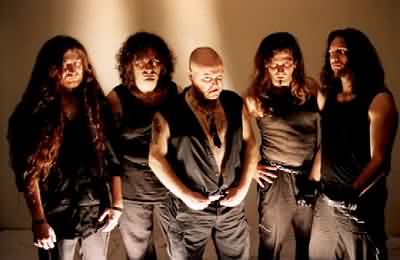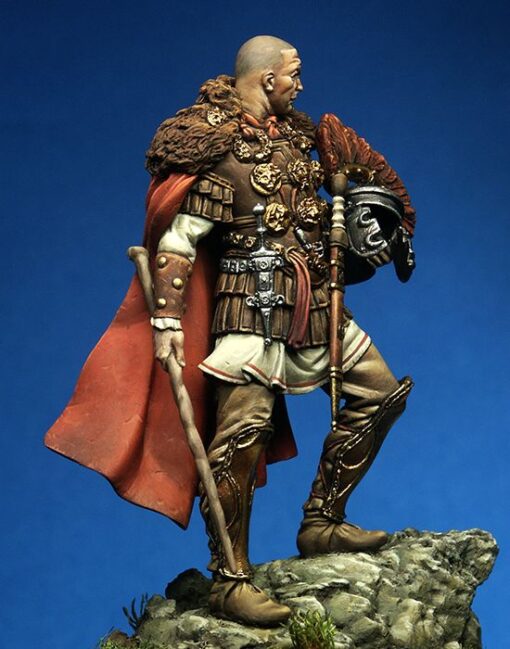

Commanded by Sergeant A Wallace, Military Medal, it participated in a fiercely contested action defending a location called ‘The Hook’ against Chinese forces in Korea in May 1953. This particular Centurion Mark 3 is displayed in the markings of a tank of 3 Troop, C Squadron, 1st Royal Tank Regiment, part of the Commonwealth Division, during the Korean War. During this period it was attached to the 22nd Armoured Brigade for troop trials, first with 5th Royal Inniskilling Dragoon Guards and then 5 RTR. It was sent to fight in Germany in June 1945, but the war in Europe ended before it saw action. Museum exhibit was a prototype, fitted with the 20mm Polsten which was replaced by the Besa 7.92mm on production models. The vehicle statistics below relate to the Mark 3. It fought in twelve wars, from the Korean War to the Gulf War. The Centurion went on to have 13 marks, and many specialist variants. Such a tank needed a dual-purpose gun, capable of firing both high explosive shells and armour piercing projectiles, and must have sufficient armour to withstand enemy anti-tank and tank guns. During combat a single tank might have to engage enemy infantry, artillery, anti-tank guns and tanks. The Centurion was designed as a result of the British Army’s experience of the fighting in the North African deserts between 19. Introduced in the spring of 1945, a small number of the Beach Armoured Recovery Version (BARV) served with the British forces during the Iraq war of 2003, 58 years later! The Centurion is one of the most important tanks in the history of the British AFV and is one of the most significant post-war Western tanks. Alban Butler.Designed before the end of the Second World War, the Centurion is often believed to be the epitome of the tank. III of "The Lives or the Fathers, Martyrs and Other Principal Saints" by the Rev. If we shrink under the least sufferings, it is plain our faith and our idea of everlasting bliss must be very weak, and our love faint and imperfect. How great, then, is the glory, how abundant the recompense which attends the martyrs! They rejoiced to see their torments redoubled manifold, because they had before their eyes the incomparably greater increase of grace, divine love, and eternal glory. And what stronger proof can he give of his fidelity to the law of God than to embrace with joy an ignominious and cruel death rather than consent to sin? God proportions his rewards and crowns to the measure of our sufferings and love for him.

Of all the goods of this life man has nothing more precious and dear than his life and honour. Martyrdom is the most heroic act of divine love, and the most perfect and entire sacrifice man can make of himself to God. We justly honour the martyrs, whom God himself honours. His relics were afterwards translated from Tangier to Leon, in Spain, and are kept in a rich shrine in the chief parish church in that city, of which he is the titular saint. Marcellus was forthwith led to execution and beheaded on the 30th of October. Agricolaus asked him whether he had really done as the judge's letter set forth and, upon his confessing the fact, the vicar passed sentence of death upon him for desertion and impiety, as he called his action. Marcellus was sent under a strong guard to Aurelian Agricolaus, vicar to the prefect of the praetorium, who was then at Tangier, in Africa. Marcellus said, "When you celebrated the emperor's festival on the 12th before the calends of August (the day on which Maximian had been declared Caesar), I said aloud that I was a Christian, and could serve no other than Jesus Christ, the Son of God." Fortunatus told him that it was not in his power to connive at his rashness, and that he was obliged to lay his case before the Emperor Maximian and Constantius Caesar. When the festival was over, this judge ordered Marcellus to be brought before him, and asked him what he meant by his late proceedings.

The soldiers informed Anastasius Fortunatus, prefect of the legion, by whose order Marcellus was committed to prison. He also threw down his arms and the vine-branch, which was the mark of his post of centurion for the Roman officers were forbid to strike a soldier with any instrument except a vine-branch, which the centurions usually carried in their lands. Marcellus, a Christian centurion or captain in the legion of Trajan, then posted in Spain, not to defile himself with taking part in those impious abominations, cast away his military belt at the head of his company, declaring aloud that he was a soldier of Jesus Christ, the eternal King.

Pompous sacrifices to the Roman gods made a considerable part of this solemnity. The birthday of the Emperor Maximian Herculeus was celebrated in the year 298 with extraordinary feasting and solemnity.


 0 kommentar(er)
0 kommentar(er)
